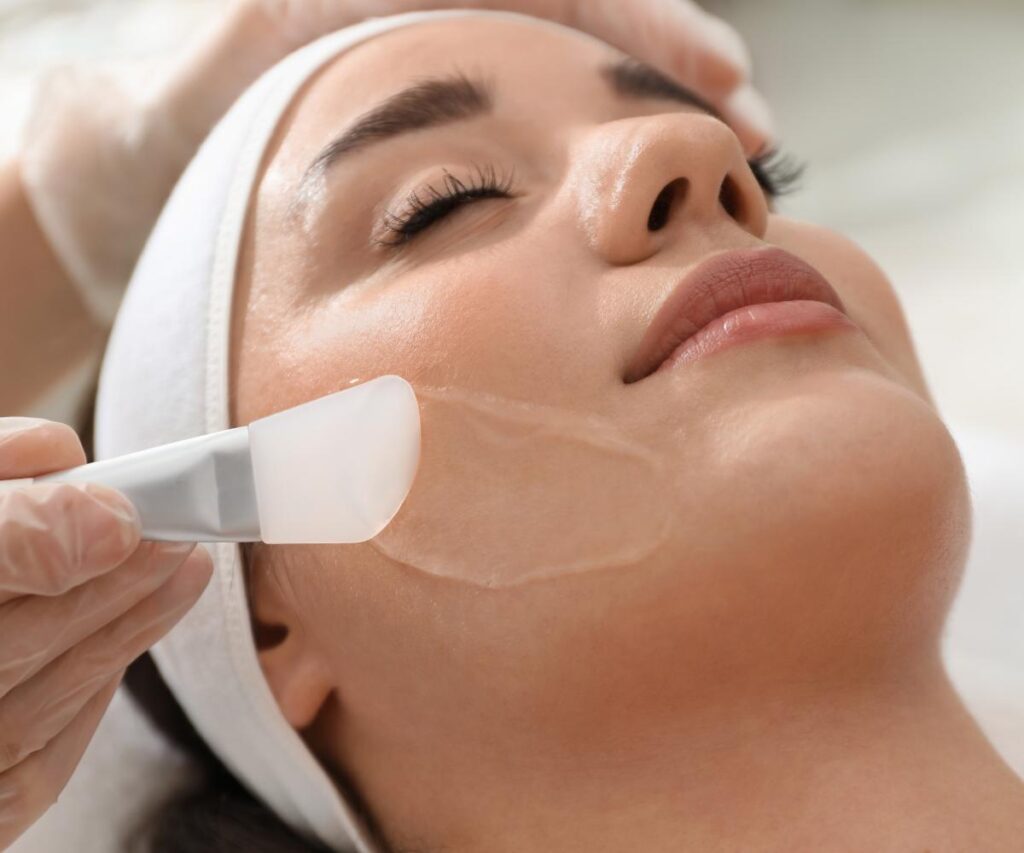If you’re looking for a skincare treatment that can deliver brighter, smoother, and more youthful-looking skin, a chemical peel might be the perfect option for you. Despite its transformative benefits, this treatment is often misunderstood. Let’s break down everything you need to know about chemical peels, from what they are to how to care for your skin afterward.
What is a Chemical Peel?
A chemical peel is a treatment that uses a specialized solution to exfoliate the top layers of your skin. The process helps remove dead skin cells, unclog pores, and stimulate collagen production. Depending on the type of peel, it can address various skin concerns like fine lines, acne scars, uneven tone, and sun damage.
Types of Chemical Peels
Not all chemical peels are created equal. They come in three levels:
- Superficial Peels: These are the gentlest option, often made with alpha hydroxy acids (AHAs) like glycolic or lactic acid. They target minor texture issues and give you a nice glow with minimal downtime.
- Medium Peels: These go deeper and often use trichloroacetic acid (TCA) to improve the appearance of scars, wrinkles, and moderate discoloration.
- Deep Peels: Reserved for more severe skin concerns, these peels penetrate the deepest layers and provide dramatic results. However, they require significant downtime and aftercare.
Common Myths About Chemical Peels
Myth 1: Peels are only for older people.
Fact: Chemical peels are suitable for all ages and skin types, as long as the treatment is tailored to your needs. Younger clients often use them to treat acne, while older clients may seek anti-aging benefits.
Myth 2: Peels will leave your skin red and raw.
Fact: While some redness and peeling are normal, modern chemical peels are far gentler than the scary stories you’ve heard. Your aesthetician will guide you through the process and ensure your skin gets the right level of care.
Myth 3: You only need one peel to see results.
Fact: While a single peel can make a noticeable difference, a series of treatments often delivers the best results, especially for deeper concerns.
How to Prepare for Your Chemical Peel
- Avoid using retinoids, exfoliants, and strong acids a week before your appointment.
- Stay out of the sun and wear sunscreen to prevent irritation.
- Discuss your skincare routine with your aesthetician to ensure your skin is ready for treatment.
Aftercare Essentials
- Use a gentle cleanser and a rich moisturizer to soothe your skin.
- Apply sunscreen religiously—your skin will be more sensitive to sunlight after a peel.
- Avoid picking at peeling skin to prevent scarring.
- Follow all post-care instructions provided by your aesthetician for the best results.
Ready to transform your skin with a chemical peel? Book a consultation with us to determine which peel is right for your unique skincare goals.














